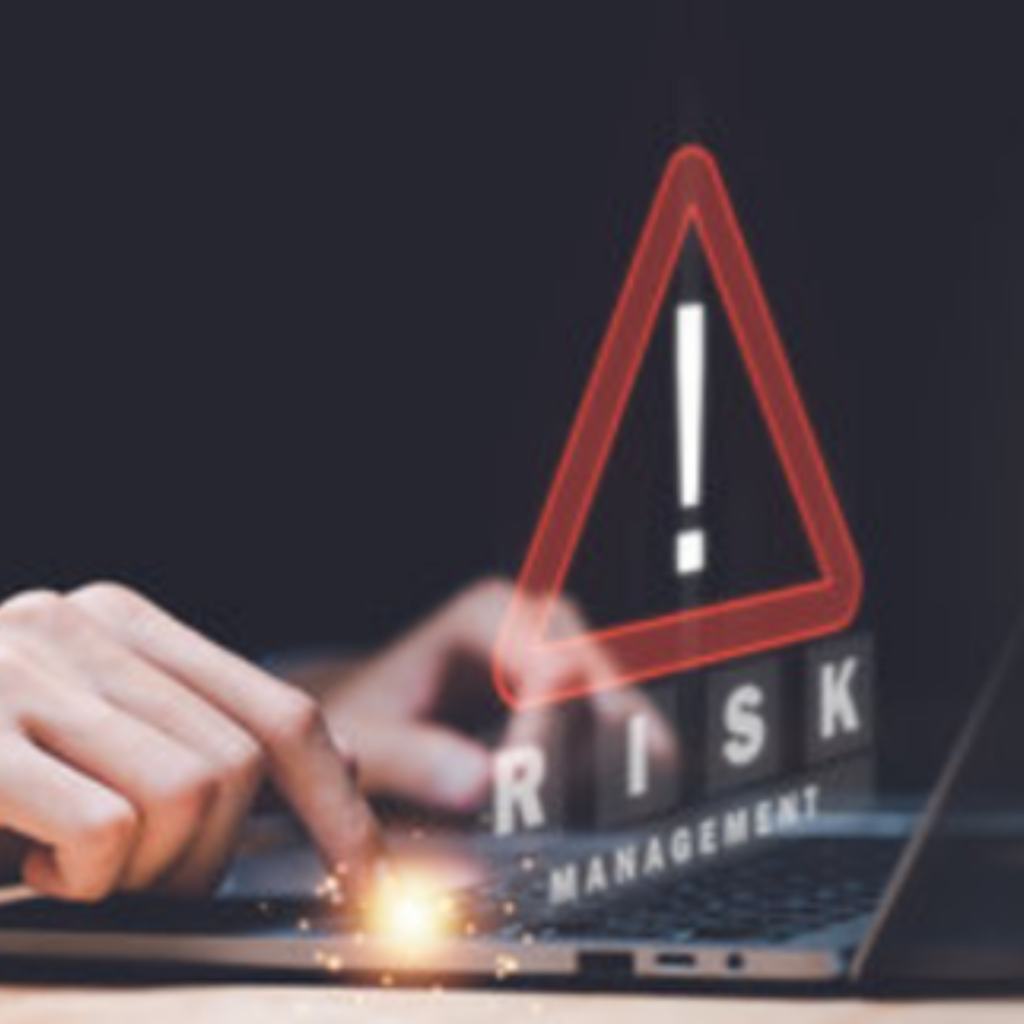Blog
Ensuring Long-Term Sustainability in Logistics: 6 Key Practices for Future Success
In today’s rapidly evolving world, the logistics sector must adapt to new challenges and opportunities to ensure long-term sustainability. By leveraging cutting-edge technologies, adopting sustainable practices, managing risks effectively, prioritizing human resources, managing costs efficiently, and engaging in strategic planning, logistics companies can position themselves for enduring success. Here are six essential tips and practices to sustain the future of logistics:

- Leveraging Technology in Logistics
Staying Up-to-Date with Technological Trends
To remain competitive and sustainable, logistics companies must continuously integrate the latest technologies into their operations. Key technologies that are transforming logistics management include:
- Internet of Things (IoT): Real-time tracking of shipments and assets through IoT devices enhances visibility and improves decision-making.
- Artificial Intelligence (AI): AI-powered demand forecasting enables companies to predict customer needs more accurately and optimize inventory levels.
- Blockchain: This technology ensures secure and transparent transactions, reducing the risk of fraud and improving trust among stakeholders.
- Autonomous Vehicles and Drones: These innovations promise faster and more efficient deliveries, especially in remote or congested areas.
By embracing these technologies, logistics companies can improve efficiency, reduce costs, and enhance customer satisfaction, ensuring long-term sustainability.
- Sustainability in Logistics
Promoting Eco-Friendly Transportation
Sustainable transportation practices are crucial for reducing the environmental impact of logistics operations. Companies can adopt several measures to achieve this:
- Using Fuel-Efficient Vehicles: Investing in modern, fuel-efficient vehicles helps reduce greenhouse gas emissions.
- Optimizing Routes: Implementing advanced route optimization software can minimize fuel consumption and emissions by selecting the most efficient paths.
- Green Driving Practices: Training drivers in eco-friendly driving techniques can further reduce fuel usage.
- Adopting Electric and Hybrid Vehicles: Transitioning to electric and hybrid fleets decreases reliance on fossil fuels and reduces emissions.


Implementing Green Warehousing Solutions
Eco-friendly warehousing practices are essential for sustainable logistics. Key strategies include:
- Energy-Efficient Lighting and HVAC Systems: Using LED lighting and efficient HVAC systems can significantly lower energy consumption.
- Recycling and Waste Reduction Programs: Implementing robust recycling programs and minimizing waste generation contribute to a greener operation.
- Solar Panels for Energy Generation: Installing solar panels provides a renewable energy source, reducing dependency on non-renewable energy.
- Risk Management in Logistics
Mitigating Future Risks
Effective risk management is critical for sustaining logistics operations in the face of future challenges. Strategies to mitigate risks include:
- Diversifying Suppliers and Transportation Routes: Reducing dependence on single suppliers or routes helps avoid disruptions.
- Implementing Robust Contingency Plans: Preparing for potential disruptions ensures quick recovery and continuity.
- Using Insurance to Cover Potential Losses: Insurance provides a financial safety net against unforeseen events.
- Conducting Regular Risk Assessments: Identifying and addressing risks proactively reduces vulnerability.


Role of Technology in Risk Management
Technology plays a vital role in managing risks by:
- Providing Real-Time Data: Access to real-time data allows for proactive decision-making and swift responses to emerging issues.
- Enabling Predictive Analytics: Forecasting potential problems helps in planning and mitigating risks before they occur.
- Enhancing Communication and Coordination: Improved communication among stakeholders ensures better coordination during crises.
- Supporting Comprehensive Risk Assessment Tools: Advanced tools facilitate thorough risk evaluations and informed decision-making.
- Human Resources in Logistics
Building a Skilled Workforce
Despite technological advancements, human resources remain a cornerstone of successful logistics operations. Effective training and development programs are essential for maintaining a skilled workforce:
- On-the-Job Training: Practical experience enhances skills and knowledge.
- Classroom Training: Theoretical education provides a strong foundation.
- E-Learning Modules: Flexible learning options accommodate diverse schedules.
- Certification Programs: Validating skills through certification ensures competency.

Retaining Talent in the Logistics Sector
To sustain a reliable workforce, logistics companies must focus on retaining talent through:
- Competitive Salaries and Benefits: Attractive compensation packages help retain skilled employees.
- Career Advancement Opportunities: Providing clear paths for career growth motivates employees to stay.
- Positive Work Environment: A supportive and inclusive workplace fosters employee satisfaction.
- Recognizing and Rewarding Contributions: Acknowledging and rewarding employees’ efforts boosts morale and loyalty.

- Cost Management in Logistics
Techniques for Cost Reduction
Efficient cost management ensures the long-term viability of logistics operations. Techniques for reducing costs include:
- Consolidating Shipments: Grouping shipments reduces transportation expenses.
- Optimizing Warehouse Operations: Streamlining processes lowers overhead costs.
- Implementing Technology: Automation and advanced systems improve efficiency and reduce labor costs.
- Negotiating Better Rates: Securing favorable terms with suppliers and carriers cuts expenses.
Balancing Cost and Service Quality
Maintaining a balance between cost and service quality is crucial:
- Prioritizing Key Areas: Focus on cost savings in non-critical areas without compromising essential services.
- Using Data Analytics: Identifying cost-saving opportunities through data analysis.
- Open Communication with Customers: Transparent discussions about service levels build trust and manage expectation


- Strategic Planning in Logistics
Developing a Long-Term Logistics Strategy
A comprehensive logistics strategy aligns operations with business goals and ensures future sustainability:
- Defining Clear Objectives and Goals: Establishing specific, measurable targets guides the strategy.
- Assessing Current Operations: Understanding existing strengths and weaknesses informs improvement plans.
- Identifying Areas for Improvement: Pinpointing inefficiencies and areas for enhancement drives progress.
- Creating an Actionable Plan: Detailed plans outline steps to achieve strategic goals.
Aligning Logistics with Business Goals
Ensuring logistics activities support overall business objectives involves:
- Setting Key Performance Indicators (KPIs): Measuring success through relevant metrics.
- Prioritizing Continuous Improvement: Regularly refining processes to enhance performance.
- Tracking Performance: Monitoring KPIs such as delivery times, costs, and customer satisfaction ensures alignment with goals.
Conclusion
Achieving long-term sustainability in logistics involves leveraging technology, adopting eco-friendly practices, managing risks, prioritizing human resources, controlling costs, and strategic planning. By embracing these practices, logistics companies can thrive sustainably, ensuring long-term success in an ever-changing landscape.
